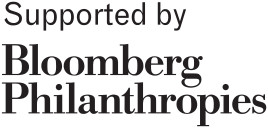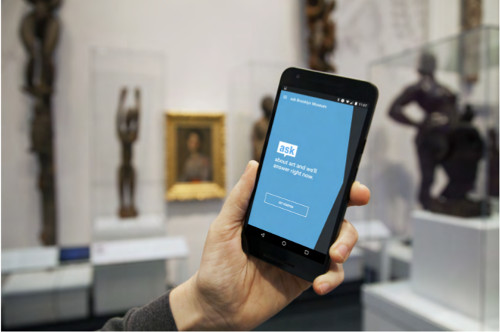Use our award-winning app to get the most out of your next visit to the Brooklyn Museum.
Ask questions, get info, and share insights—via live, one-on-one texting—with one of our knowledgeable and friendly experts. Our team currently includes an archaeologist and anthropologist as well as art historians and educators.
It’s easy and fun, and you’re in control the whole time—use it a little, or a lot. All questions welcome!





